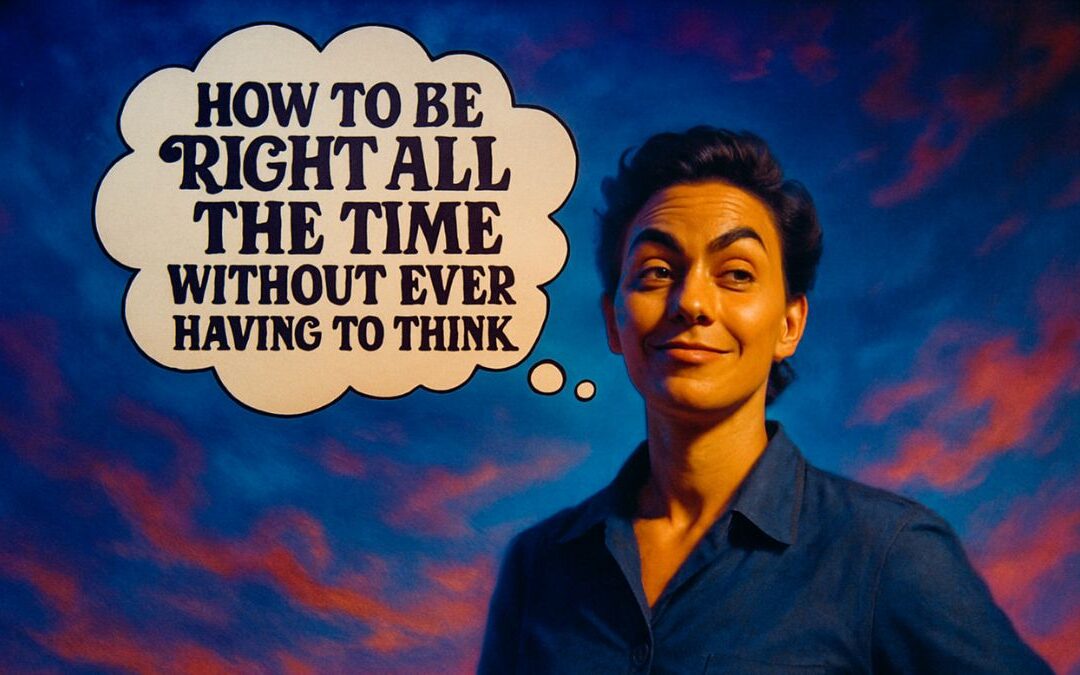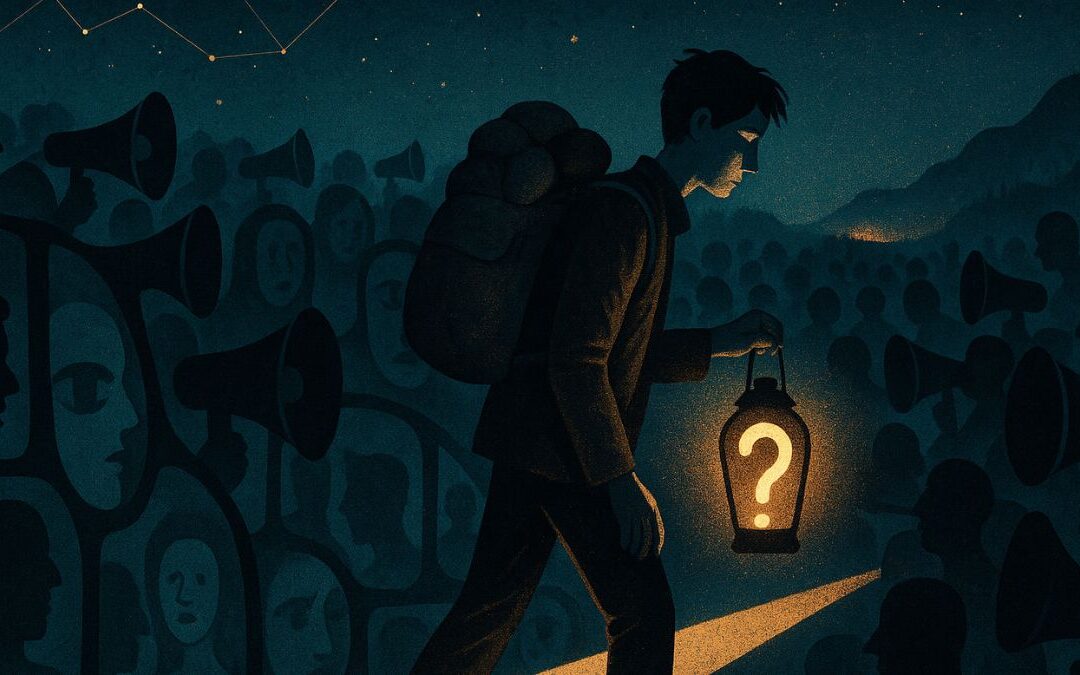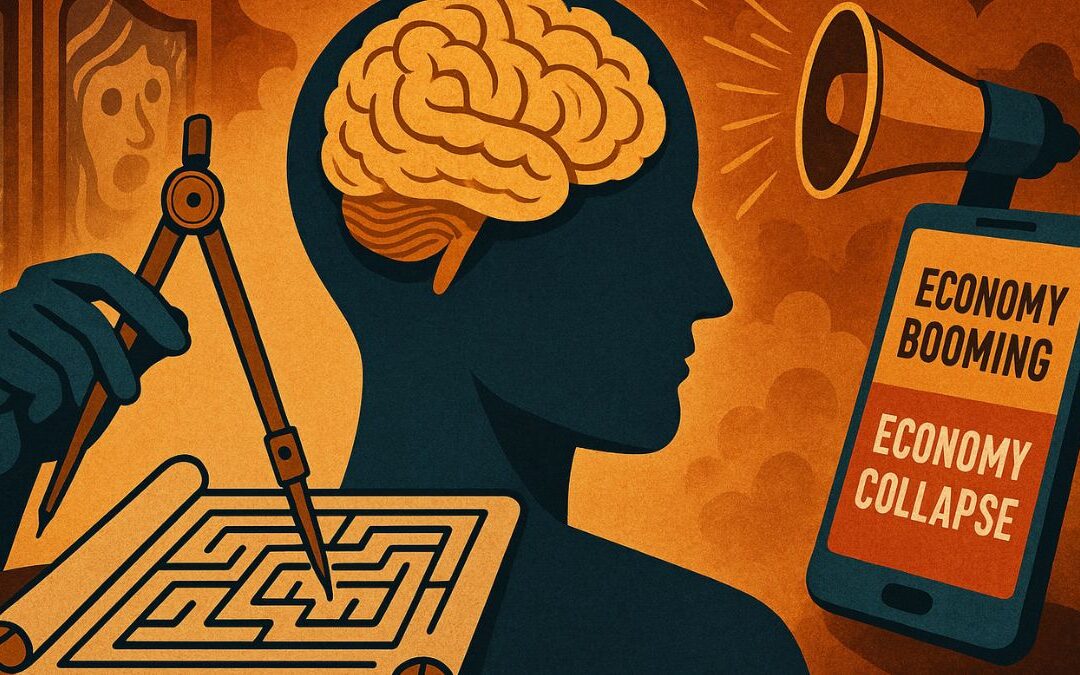The Impact of Urbanization on Cities and Communities
Today, let’s navigate through the concrete jungles and the bustling boulevards of our cities. Our destination? The heart of urbanization and its profound impact on our cities and communities.
Urbanization, the transformative process of rural areas morphing into cities, is an integral part of societal evolution. However, this metamorphosis brings with it an amalgam of both challenges and opportunities.
One palpable effect of urbanization is the architectural transformation of the landscape. The pastoral symphony of farmlands and forests often gives way to a crescendo of skyscrapers, bridges, and sprawling infrastructure. These structures, while symbols of progress, can potentially disrupt local ecosystems and contribute to environmental degradation.
Another critical facet of urbanization lies in its social impact. Urban centers often serve as cultural melting pots, fostering diversity and catalyzing innovation. Simultaneously, they may exacerbate social inequalities and contribute to problems such as overcrowding, poverty, and crime.
The economic landscape, too, is deeply shaped by urbanization. On the one hand, cities can become hubs of economic activity, generating employment and boosting regional prosperity. Conversely, unchecked urban growth can lead to unsustainable resource consumption and exacerbate socioeconomic disparities.
As we venture deeper into the 21st century, sustainable urbanization is key. With judicious planning and mindful policy-making, we can harness the benefits of urban growth while mitigating its adverse effects. This delicate balancing act, akin to an urban tightrope walk, is crucial for building resilient, inclusive, and vibrant cities of the future.
So, next time you wander through your city streets, take a moment to reflect on the intricate interplay of forces shaping our urban landscapes. Because every brick, every boulevard, and every building has a story to tell about the power and impact of urbanization.











0 Comments